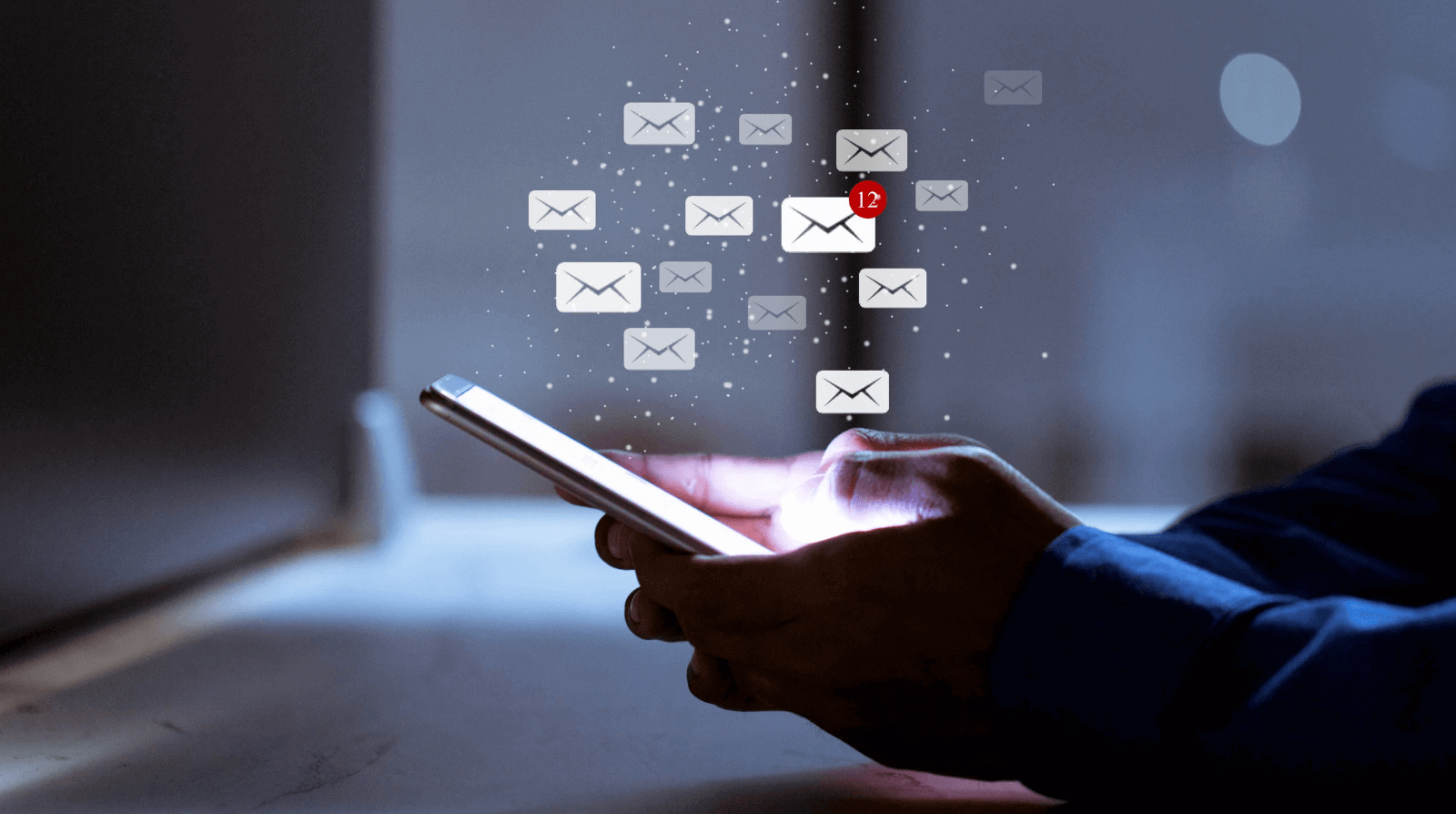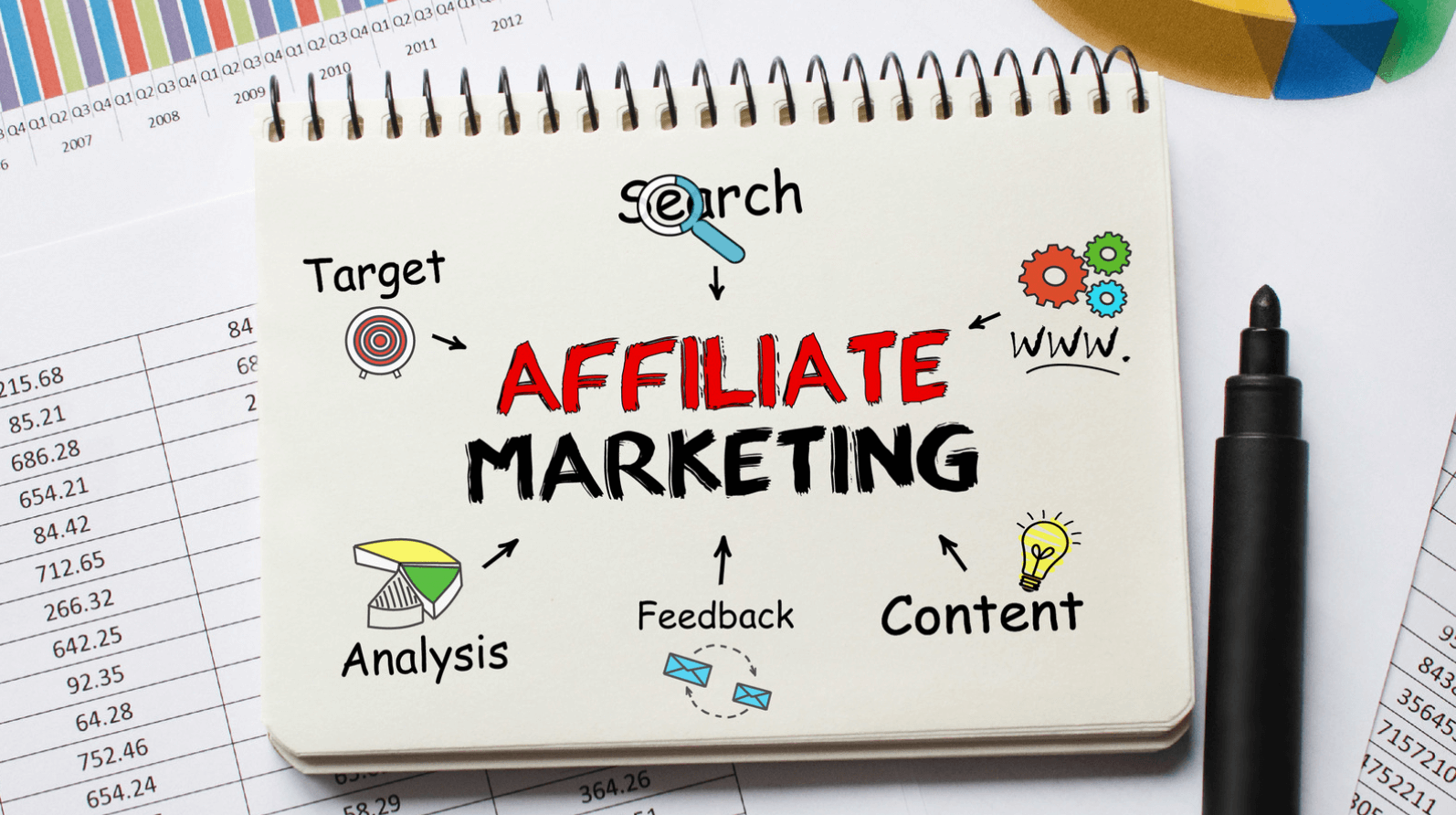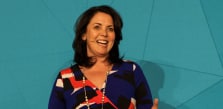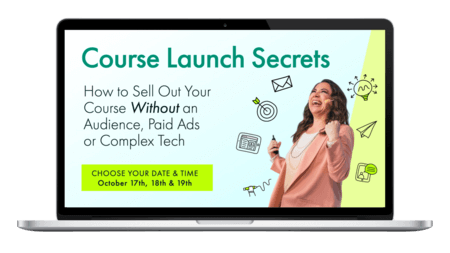Crafting an effective email marketing strategy isn’t easy…
With the constant influx of messages flooding our inboxes, a well-crafted email marketing strategy can help you connect with your audience, build trust, and, ultimately, drive conversions.
In this post, I’ll share 11 actionable tips backed by industry experts that will help you craft an email marketing strategy that stands out and converts.
Let’s dive in.
1. Define Your Goals
Starting your email marketing journey without clear goals is like setting sail without a compass. It’s crucial to know precisely what you want to achieve, whether it’s driving traffic to your website, boosting your sales or enhancing customer engagement. A solid set of objectives is the bedrock of your email marketing strategy.
Best Practices for Defining Your Goals:
- Be Specific: Instead of a vague aim like “increase sales,” focus on something concrete, like “augment sales by 10% in the next quarter.” This gives you a tangible target and simplifies measuring success.
- Make it Measurable: Quantifiability is key. Use metrics such as click-through rates, conversion rates or the number of new subscribers to gauge your progress.
- Align with Business Objectives: Ensure your email marketing goals align with your overarching business objectives. This guarantees that your email efforts support your larger business goals.
Real-World Example: Marie Forleo, founder of B-School, sets specific and measurable goals for her email campaigns, such as increasing webinar sign-ups by 20% within a month. By aligning these goals with her business objectives, she ensures that her email marketing efforts are driving tangible results.
2. Know Your Audience
No two customers are alike. Understanding your audience’s wants, needs and pain points is pivotal for crafting messages that resonate. A deep understanding of your audience is essential for a potent email marketing strategy.
Best Practices for Knowing Your Audience:
- Create Personas: Develop detailed personas for different segments of your audience. Gather data on their demographics, preferences and behaviors to create a comprehensive picture of who they are and what they need.
- Analyze Past Interactions: Examine past interactions your audience had with your emails. Analyze open rates, click-through rates and engagement levels to understand what type of content your audience prefers.
- Use Surveys and Feedback: Actively seek feedback from your audience. Use surveys, feedback forms or simply ask them in your emails what they like, dislike and want to see more of.
Real-World Example: Pat Flynn, founder of Smart Passive Income, regularly uses surveys and feedback forms to gather insights from his audience. This helps him tailor his email content to meet their specific needs and preferences, leading to higher engagement rates.
3. Segment Your List
In email marketing, one size definitely does not fit all. Sending the same email to your entire list can miss the mark. Segmenting your list into smaller, targeted groups can drastically improve engagement and relevance.
Best Practices for Segmenting Your List:
- Demographic Segmentation: Divide your email list based on demographic information such as age, gender, location or occupation.
- Behavioral Segmentation: Divide your list based on past behaviors such as purchase history, website activity or email engagement.
- Psychographic Segmentation: Divide your list based on psychological traits such as values, interests and lifestyle.
Real-World Example: Neil Patel, a digital marketing expert, segments his email list based on user behavior and interests. By sending personalized content to each segment, he achieves higher open and click-through rates.
4. Personalize Your Content
Personalization is expected in email marketing. Your audience craves content that speaks directly to them. Personalization means crafting content that aligns with their specific needs, preferences and stage in the customer journey.
Best Practices for Personalizing Your Content:
- Use Personalization Tokens: Incorporate personalization tokens such as the recipient’s name, location or past purchases in the subject line and body of your email.
- Tailor Content to Buyer’s Journey: Customize the content of your email based on the recipient’s stage in the buyer’s journey. For example, a prospect in the awareness stage might appreciate educational content, while someone in the consideration stage might prefer a comparison guide.
- Leverage Behavioral Triggers: Send emails based on the recipient’s behavior. For example, if a subscriber has recently visited your pricing page, send them an email with more information about your pricing structure or a special offer.
Real-World Example: Amazon excels at personalization by sending product recommendations based on past purchases and browsing behavior. This approach significantly boosts their conversion rates and customer satisfaction.
5. Craft Compelling Subject Lines
Your subject line is the gateway to your email. It’s the first thing your audience sees and plays a pivotal role in determining whether your email gets opened or relegated to the trash bin. A compelling subject line piques curiosity, creates urgency or highlights the value of the email’s content.
Best Practices for Crafting Compelling Subject Lines:
- Convey Value: Make it clear what the recipient will gain by opening your email. Whether it’s a special offer, a piece of valuable content or exclusive news, make sure the value is evident in the subject line.
- Create Urgency: Encourage recipients to open your email promptly by creating a sense of urgency. However, be careful not to overdo it as this can lead to fatigue over time.
- Keep it Short and Sweet: Subject lines that are concise and to the point tend to perform better. Aim for a subject line that is around 50-60 characters long.
Real-World Example: Brian Dean from Backlinko often uses subject lines like “How to Get High-Quality Backlinks in 2024” to convey value and encourage opens. His concise and value-driven subject lines consistently achieve high open rates.
6. Use Clear Call-to-Actions (CTAs)
Your email has been opened, and your content has been consumed. Now what? A clear and compelling call-to-action (CTA) guides your audience on the next steps they should take, whether it’s making a purchase, signing up for a webinar or downloading a resource.
Best Practices for Using Clear Call-to-Actions (CTAs):
- Be Specific: Clearly state what you want the recipient to do next. Instead of using generic phrases like ‘click here,’ use more descriptive language like ‘download your free guide.’
- Create a Sense of Urgency: Encourage action by creating a sense of urgency with your CTAs. For example, ‘Claim your 50% discount before it expires!’
- Make it Stand Out: Your CTA should be visually prominent in your email. Use contrasting colors, larger font sizes and white space around your CTA to make it stand out.
Real-World Example: Shopify often uses specific and visually prominent CTAs like “Start Your Free Trial” to encourage users to take action immediately.
7. Optimize for Mobile
In our increasingly mobile world, it’s likely that a significant portion of your audience will be reading your emails on their smartphones or tablets. Optimizing your emails for mobile devices ensures that your message is accessible and engaging to all members of your audience, regardless of the device they are using.
Best Practices for Optimizing for Mobile:
- Use a Responsive Design: A responsive design ensures that your email looks good and is easy to read on all devices, from desktops to smartphones.
- Keep it Concise: Mobile screens are smaller, so it’s important to get to the point quickly. Use concise language and clear headings to make your email easy to scan.
- Use Larger Font Sizes: Small text can be difficult to read on mobile devices. Use a larger font size to ensure your text is legible on all screens.
Real-World Example: Mailchimp reports that over 40% of their emails are opened on mobile devices. They optimize their emails for mobile by using responsive design and concise content, ensuring a seamless user experience across all devices.
8. A/B Test as Much as You Can
In email marketing, making assumptions can be dangerous. A/B testing, also known as split testing, is vital. It involves sending two different versions of an email to a small segment of your list and then analyzing which version performs better. A/B testing can optimize everything from subject lines to email content to CTAs.
Best Practices for A/B Testing:
- Test One Element at a Time: To accurately determine the impact of a change, only test one element at a time. For example, if you’re testing the effectiveness of a subject line, don’t change anything else in the email.
- Use a Significant Sample Size: Ensure that your test sample is large enough to produce statistically significant results. A larger sample size will give you more accurate and reliable results.
- Analyze and Implement the Results: Once the test is complete, analyze the results and implement the winning version. Continuous testing and optimization are key to maintaining a successful email marketing strategy.
Real-World Example: HubSpot frequently uses A/B testing to optimize their email campaigns. By testing different elements like subject lines, email layouts and CTAs, they continuously improve their email performance.
9. Be Consistent
Consistency is key in any marketing strategy and email marketing is no exception. This means being consistent in the frequency of your emails, the tone and style of your content and the branding and design of your emails. Consistency helps to build trust and establish a strong brand identity.
Best Practices for Being Consistent:
- Create an Email Schedule: Plan your emails in advance and create a schedule. This will help ensure that you are sending emails at a consistent frequency.
- Use a Consistent Design: Use a consistent design template for all your emails. This includes using the same colors, fonts and logo.
- Maintain a Consistent Tone: Ensure that the tone of your emails is consistent with your brand voice and the expectations of your audience.
Real-World Example: Buffer maintains a consistent email schedule and design, ensuring their audience knows when to expect their emails and what kind of content they will receive. This consistency helps build trust and loyalty among their subscribers.
10. Avoid Spam Traps
No one wants their emails to end up in the spam folder. Spam traps are email addresses used by internet service providers (ISPs) and email providers to identify and filter out spam. If you send an email to a spam trap, it can result in your email, and possibly your entire domain, being marked as spam.
Best Practices for Avoiding Spam Traps:
- Regularly Clean Your Email List: Remove inactive subscribers and bounced emails from your list regularly. This will help ensure that you are only sending emails to valid, engaged subscribers.
- Use Double Opt-In: Require new subscribers to confirm their email address before adding them to your list. This will help ensure that you are only adding valid email addresses to your list.
- Don’t Buy Email Lists: Purchased lists are often full of invalid email addresses and spam traps. Building your own list organically is the best way to ensure its quality.
Real-World Example: Campaign Monitor emphasizes the importance of regularly cleaning email lists to maintain high deliverability rates and avoid spam traps. They use double opt-in methods to ensure the quality of their subscriber lists.
11. Make it Easy for People to Unsubscribe
Making it easy for people to unsubscribe from your email list is smart. If a subscriber no longer wishes to receive your emails, it’s better for them to unsubscribe than to mark your emails as spam.
Best Practices for Making it Easy to Unsubscribe:
- Include a Clear Unsubscribe Link: Make sure to include a clear and easily accessible unsubscribe link in every email. This is not only a best practice but also a legal requirement in many jurisdictions.
- Don’t Overcomplicate the Process: Make the unsubscribe process as simple as possible. Don’t ask for too much information or make subscribers jump through hoops to unsubscribe.
- Respect Their Decision: Once a subscriber has chosen to unsubscribe, remove them from your list promptly and don’t send any further emails.
Real-World Example: ConvertKit makes it easy for subscribers to unsubscribe by including a clear and straightforward unsubscribe link in every email. This helps maintain a healthy and engaged email list.
Ready to Craft Your Email Marketing Strategy?
Nailing your email marketing strategy isn’t easy — especially when you’re just getting started.
Hopefully, these 11 tips will help.
Ready to transform your email game?
Before you leave, could you do me a quick favor and leave me a comment below?
Which tip resonated with you the most? Any crucial strategies you think I missed?
I’d love to hear your thoughts!
Before you go…
Get Instant Access to my FREE Dopamine Button Guide!
Inside, you’ll discover 3 little-known brain hacks that skyrocket your course engagement & sales…
Here’s the thing: the “old way” of designing and launching courses just isn’t cutting it anymore.
If you want to attract students who buy and keep buying (not to mention send referrals your way!)…
You need to do things differently.
Enter the Dopamine Button — the super-secret button in your students’ brains that you can leverage to create incredible results for them AND repeat sales for you.
Love it? Hate it? Let me know...
-
I’d have to examine with you here. Which is not one thing I usually do! I take pleasure in reading a post that may make folks think. Additionally, thanks for permitting me to comment!
-
Thanks – Enjoyed this blog post, how can I make is so that I receive an update sent in an email every time you publish a fresh article?
-
Thank you for the love! You can subscribe to our email list here: https://liveyourmessage.com/subscribe/
-
-
Thank you for your information. I have read similiar instructions before and my first response is How? Item 1 Define your goals was pretty clear. However, the three points don’t tell me how to get the information, just what needs to be defined. The same issue with Item 2. The surveys and feedback forms are helpful, but the more personal information is what I’m having issues finding.



























Leave a Comment